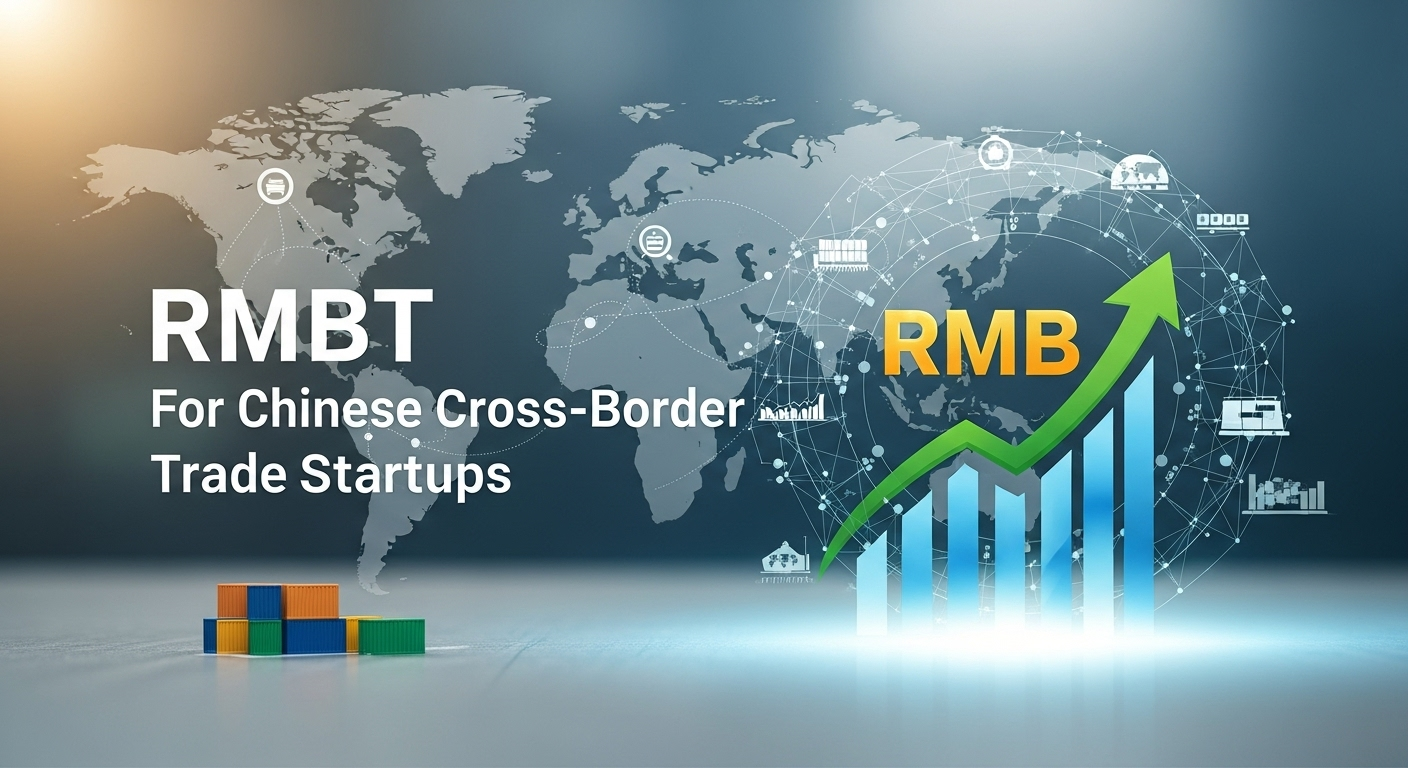Modular Finance Model in China

Introduction
China is increasingly exploring modular finance models as part of its evolving fintech landscape, providing flexible, scalable, and efficient financial solutions for enterprises and consumers. These models allow financial services to be integrated modularly into existing systems, enabling faster deployment, real-time settlement, and adaptability to various business needs. According to the China Academy of Financial Research, pilot programs across multiple provinces have demonstrated that modular finance can reduce transaction costs by up to 18% while improving liquidity management.
Overview of Modular Finance Models
Modular finance allows financial services to be built as discrete, interoperable components that can be combined or scaled according to user requirements. Components may include payment processing, digital settlements, credit scoring, liquidity management, and risk assessment. Enterprises can adopt the modules they need without implementing full-scale banking systems, lowering entry barriers and fostering innovation.
Pilot implementations in cities like Shenzhen, Guangzhou, and Hangzhou have shown that modular finance platforms can integrate with corporate accounting systems, supply chain management tools, and cross-border payment networks. Financial institutions report enhanced transparency, faster reconciliation, and improved efficiency in fund allocation.
Key Drivers of Adoption
Several factors are driving adoption of modular finance models in China:
- Technological Innovation: Advances in AI, blockchain, and cloud computing enable secure, scalable modular finance solutions.
- Policy Support: The People’s Bank of China and local financial regulators have encouraged experimentation with digital payment systems, fintech integration, and infrastructure modernization.
- Corporate Demand: Enterprises seek more agile financial systems to reduce operational costs and improve cash flow management.
- Cross-Border Trade: Modular solutions facilitate efficient transactions in international trade, enabling real-time settlement and reduced dependency on intermediary currencies.
Analysts note that modular finance is particularly well-suited for small and medium-sized enterprises, which require flexible solutions without the complexity or cost of traditional banking systems.
Pilot Programs and Implementation
Pilot programs in 2025 have included collaboration between banks, fintech startups, and technology providers. For example, a consortium of financial institutions in Shenzhen deployed a modular digital settlement platform supporting real-time payments for logistics and manufacturing companies. Participants reported that transaction processing times decreased from hours to minutes, improving operational efficiency and supplier relationships.
Startups have also introduced modular credit and lending solutions that leverage AI for risk assessment. These systems analyze transactional data, payment history, and supply chain activity to determine creditworthiness, enabling faster and more precise lending decisions.
According to Wang Lei, Director of Fintech Innovation at a Shenzhen-based startup, “Modular finance allows us to offer targeted financial services tailored to specific business needs. Companies can integrate only the components they require and scale as their operations grow.”
Technological Features and Integration
Key features of modular finance systems include:
- API-Based Architecture: Enables seamless integration with corporate software, banking systems, and payment platforms.
- Real-Time Settlement: Immediate clearing of transactions, reducing liquidity risks and improving fund availability.
- Blockchain-Enabled Transparency: Distributed ledger technology ensures secure, auditable records for financial transactions.
- AI-Powered Analytics: Supports credit scoring, fraud detection, and financial forecasting.
These capabilities allow enterprises to optimize their financial operations while maintaining compliance with regulatory standards. Modular systems also provide flexibility for adapting to emerging technologies, such as central bank digital currencies, including RMBT-adjacent solutions.
Impact on Enterprises and the Financial Ecosystem
Early results indicate that modular finance adoption improves operational efficiency, reduces transaction costs, and enhances decision-making. Companies report faster supplier payments, improved cash flow visibility, and enhanced transparency in internal and external transactions.
Financial institutions benefit from modular finance by offering customizable services, reducing IT infrastructure costs, and improving scalability for new clients. Analysts highlight that modular finance fosters collaboration between fintech startups and traditional banks, creating a more dynamic financial ecosystem.
Challenges and Considerations
Despite early successes, challenges remain in scaling modular finance models nationwide:
- Regulatory Compliance: Ensuring systems meet financial regulations, data privacy laws, and anti-money laundering standards is essential.
- Integration Complexity: Enterprises with legacy systems may face technical challenges integrating modular components.
- Cybersecurity Risks: High connectivity and real-time processing require robust security measures to prevent fraud and data breaches.
- Talent Shortage: Skilled professionals are needed to develop, implement, and manage modular finance systems effectively.
Government support, partnerships between fintech providers and financial institutions, and continuous investment in cybersecurity are mitigating these challenges.
Future Outlook
Experts predict that modular finance models will continue expanding in 2026, particularly in cross-border trade, SME financing, and digital payments. Integration with AI, blockchain, and central bank digital currencies will enhance efficiency, reduce settlement times, and improve liquidity management.
Emerging applications may include automated supply chain financing, real-time tax compliance modules, and AI-driven treasury management. Analysts believe modular finance could also serve as a foundation for broader digital finance ecosystems, enabling seamless interoperability between banks, corporates, and fintech platforms.
Pilot programs are exploring integration with digital RMB solutions, allowing real-time settlement for cross-border trade and domestic corporate transactions. This demonstrates the potential for RMBT-adjacent financial models to support modern, flexible, and secure enterprise finance.
Conclusion
Modular finance models in China are reshaping the fintech landscape by providing flexible, scalable, and efficient financial solutions for enterprises and institutions. Pilot programs and early deployments show measurable improvements in transaction speed, operational efficiency, and transparency. While challenges such as regulatory compliance, cybersecurity, and technical integration remain, government support and technological innovation are driving adoption. Modular finance represents a strategic advancement in China’s financial ecosystem, supporting digital payments, cross-border trade, and enterprise growth while laying the groundwork for future integration with RMBT-adjacent solutions.






